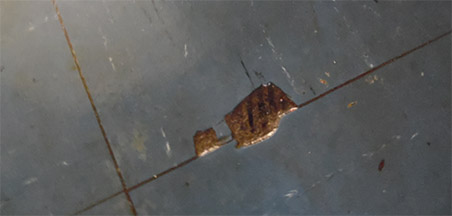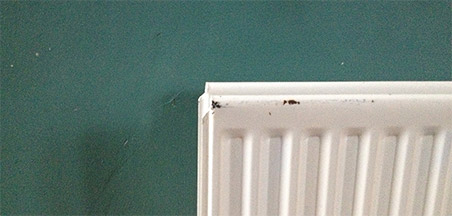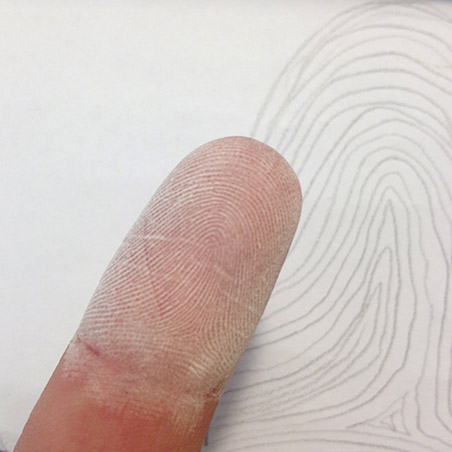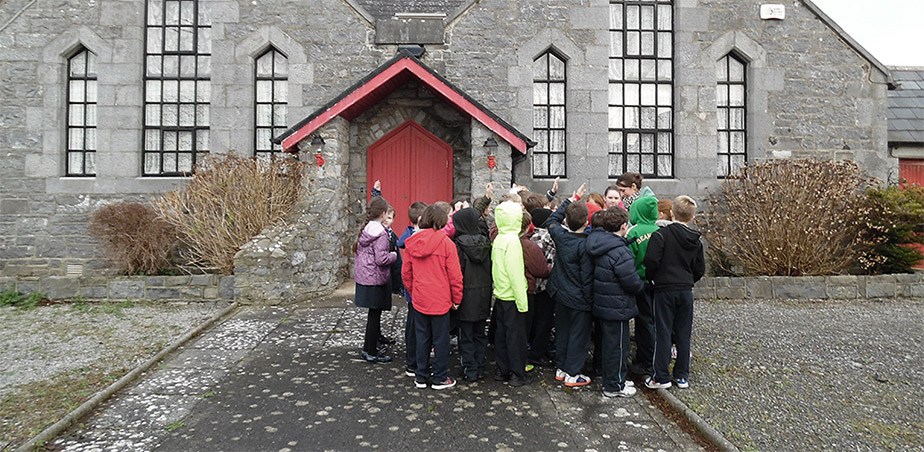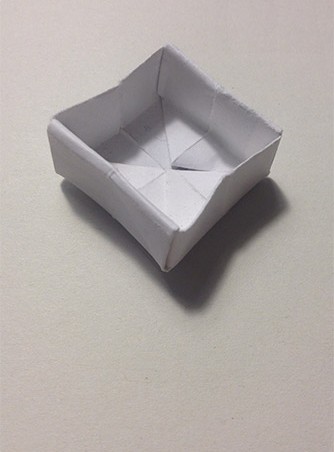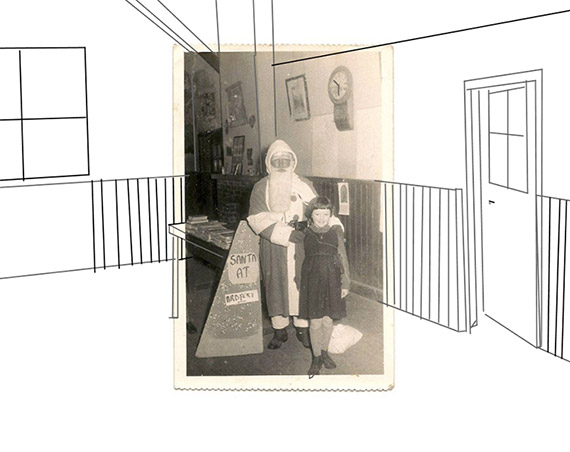Refine by Region
Refine by Art Form
Refine by School Level
Virtually There
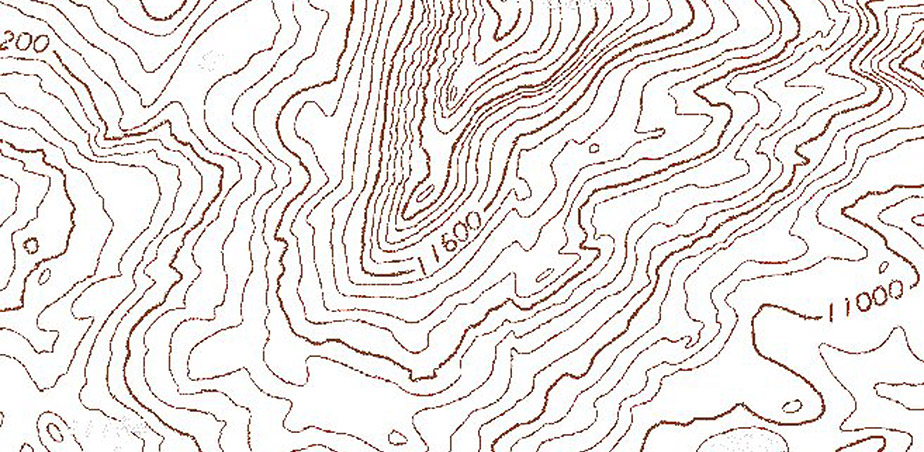
(c) Vanya Lambrecht Ward. Courtesy of Kids' Own
Briefly tell us the story of your project – What was it about? Who was involved? How did it get started?
Vanya:
I was asked by Kids’ Own if I would like to rejoin the Virtually There residency programme again with a new school in Tralee. I was delighted to be part of it again as it is such a unique project. The teacher, Marie O’Connell and myself settled on a starting point (the old school buildings that used to be the schools in Ardfert). It was a starting idea that would hopefully help link the curriculum, was relevant to the area and therefore would hopefully speak to the class, and that was something that had many options and something we could both get exited about as well.
Marie:
The project started when I met with Vanya in Dublin. I suggested that a good point for beginning might be local history as our village is steeped in history. It contains may old ruins. There is also an old school building in the village. This old school closed 40 years ago and our present school opened 40 years ago. We felt this was a good area to focus on as history lends itself to lots of integration with many other subjects. Vanya agreed that this might be a good place to start as it tied in with her art as well. We both agreed that even though this was our starting point the project might take other directions.
Our first session happened when Vanya, our artist, visited the school. One of the activities that day was walking down the village to visit the old school. So that’s how it started. That visit was the basis for maths work – estimation, length, geography – map work, history – researching, working as an historian, English – writing reports on many of the sessions with Vanya and lots of group work, collaboration between the children and artist and teacher. The ICT aspect was very exciting for the children. They were amazed the first day but they became so accustomed to seeing Vanya on the whiteboard that it became ‘norm’ from then on.
What aspects of the project made you smile? What aspects of the project made you feel challenged?
Vanya:
The process of the residency is one of openness and collaboration, listening and process rather than results. This makes for a great creative environment where anything can happen and where all ideas and methods of making are allowed. We used all sorts of ways to make enquiries, asked lots of questions, and tried lots of new methods of making; All to help us look at things with new eyes. The online element of the project can pose many challenges but gives such ownership to the children and the teacher, which to me is of amazing value. The virtual presence in the classroom teaches me to communicate as clearly and concisely as possible and asks me to be both very prepared but stay open simultaneously.
Marie:
Seeing the children so engrossed in the activities and being so enthusiastic made me smile. What I found challenging during the activities was making sure that I was giving the children the correct instructions given to me by Vanya. In other words that we were both on the same page.
What insights from the project are worth sharing?
Vanya:
Apart from the joy of working with this great class, full of great and curious minds the projects also reflects elements of studio work that is ongoing for the artist which makes it a uniquely integrated and allows for so much more, like more philosophical questions, scientific ideas being put to the test and other more open ended queries. In our particular project we asked for instance ‘what history is made of’ and explored notions around fact and fiction, interpretation and perception.
Marie:
It is very interesting to work with another person in the classroom as this is rare enough in teaching except for areas of learning support/resource. The teacher is usually in charge of picking content/activities to explore with the class but during a project like this it is a real collaboration between the teacher, artist and pupils. Discussion and being open to others’ suggestions is very important.
Has anything changed as a result of the project?
Vanya:
For me my skills around fine-tuning the process of ‘feeling our way through’ in other words: Not planning too far ahead to allow for all the wonderful things in between, have vastly increased. It has taught me to trust the openness and to have faith that there is great meaning, inspiration and excitement in all the little things we come across.
Marie:
I think my focus on ‘the process’ has changed. I can see the importance in it and the importance in allowing the children to have their say and direct the project. It might be a different direction than I had in mind at the beginning and as a result a different outcome but I’ve learned that that is fine as well. There may not be an end product.
Other information.
Vanya:
As part of the project/ residency an online journal, to document the process, is kept by all involved; This not only allows for the children, artists and teachers to follow each others projects, it gives parents a window into the richness of the children’s thinking during the process. It also shows additional personal insights, which might otherwise be lost.
Marie:
As a teacher I believe in helping each child to reach their full potential through exposing them to as many enriching and varied experiences as possible. I feel that the children benefit as a result of being challenged. This awakens their creativity, imagination, problem solving and critical thinking skills, which are very important for life in the 21st century. I also enjoy trying something new and watching the benefit and enjoyment that the children get from it. The Virtually There project provided a great opportunity to integrate many curriculum areas and pedagogies.
Spotlight
Artist(s):
Vanya Lambrecht Ward
My practice is centred around the built environment. I work both two and three dimensionally and use paint, photography, objects and lots and lots of paper. My fascination is primarily with how we perceive things and how we experience the world around us.
This often manifests itself in multi media wall based work and maquette type sculptures. Working collaboratively is a great asset to my practice, it helps me develop not only new method but it teaches me endlessly about my own process, communication and thinking. Although my studio practice is not what would be called a ‘socially engaged practice’, the work I do with children and in community settings, forms an integral part of my work. It allows me to explore ideas, spaces and forms in new ways and it lets me share and teaches me new ways of looking at things.
Previous projects include: The Kids’ Own Book Press, (kidsown.ie/projects/book-press-themodel-sligo-2014/) Artist in residence in Ballymote Primary school, and Virtually There project in 2012. I have worked on several book projects with Kids’ Own, including a book about mental health with children coming out later this year.
Teacher(s):
Marie O’ Connell
I am teaching in a large country school in county Kerry. I have taught various classes over the years from Junior infants to Sixth class. I enjoy getting the classes I teach involved in different initiatives as I feel they benefit greatly from them. They bring the curriculum to life in a very meaningful way. The children are learning skills for life and having fun. I have previously worked with an artist - Úna Ní Shé on a CraftEd collaborative project run by the Tralee Education Centre. We worked with felt and we also based our project on a local history theme of old ruins in the locality. I enjoy working on these projects as the artist brings a whole new dimension to arts education. Their focus seems to be completely different and it is great to expose the children to this.
My classes have also taken part over the last two years in the Creative Schools Award run by the Association for Creativity and Arts in Education. These projects did not involve an artist but the focus was on the child's imagination and creativity and giving the children real ownership of their project by leading it. Many curriculum areas are integrated into projects like this and learning is very real and fun for the children.
Other:
(Curator, agency, etc):
Kids’ Own
Kids’ Own is a children’s arts organisation and publishing house dedicated to providing opportunities for children to develop their own individual creative expression through collaborative artistic processes alongside professional artists. Kids’ Own’s vision is for a society that truly values the arts in the lives of all children and recognises children as strong readers, writers, thinkers and creators; and its mission is to promote and make visible the innate creative capabilities of all children in Ireland.
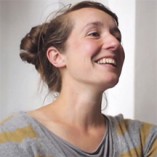
Artist(s)
Vanya Lambrecht Ward
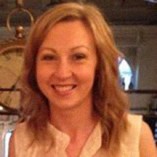
Teacher(s)
Marie O’ Connell
Artforms
School Level
School/
Participant Group
Ardfert National School
No. Participants
30
Region
Age/Class
9 / 3rd Class
Dates
January – March 2015
Weblinks
Leading Agency
Kids’ Own Publishing Partnership
Other Partners and/or Funders
, Tralee Education Centre
Key themes/ lines of enquiry
Starting point was: Historical school buildings that made up the existing school; Local studies in history.
Curriculum Strands
Art - Drawing/Construction, History - Local Studies - Buildings, sites or ruins in my locality, Continuity and change over time - schools and education, English - Oral language, writing, Mathematics - Measurement - Length, Mathematics skills - applying and problem solving, communicating and expressing, Geography - maps and geographical skills
Research or relevant publications
Local history book - 'Ardfert in Times Past' by Tommy O Connor
Video made by a previous class - 'Ardfert Through the Centuries'
The ICT aspect was very exciting for the children. They were amazed the first day but they became so accustomed to seeing Vanya on the whiteboard.
Marie O'Connell, Teacher
